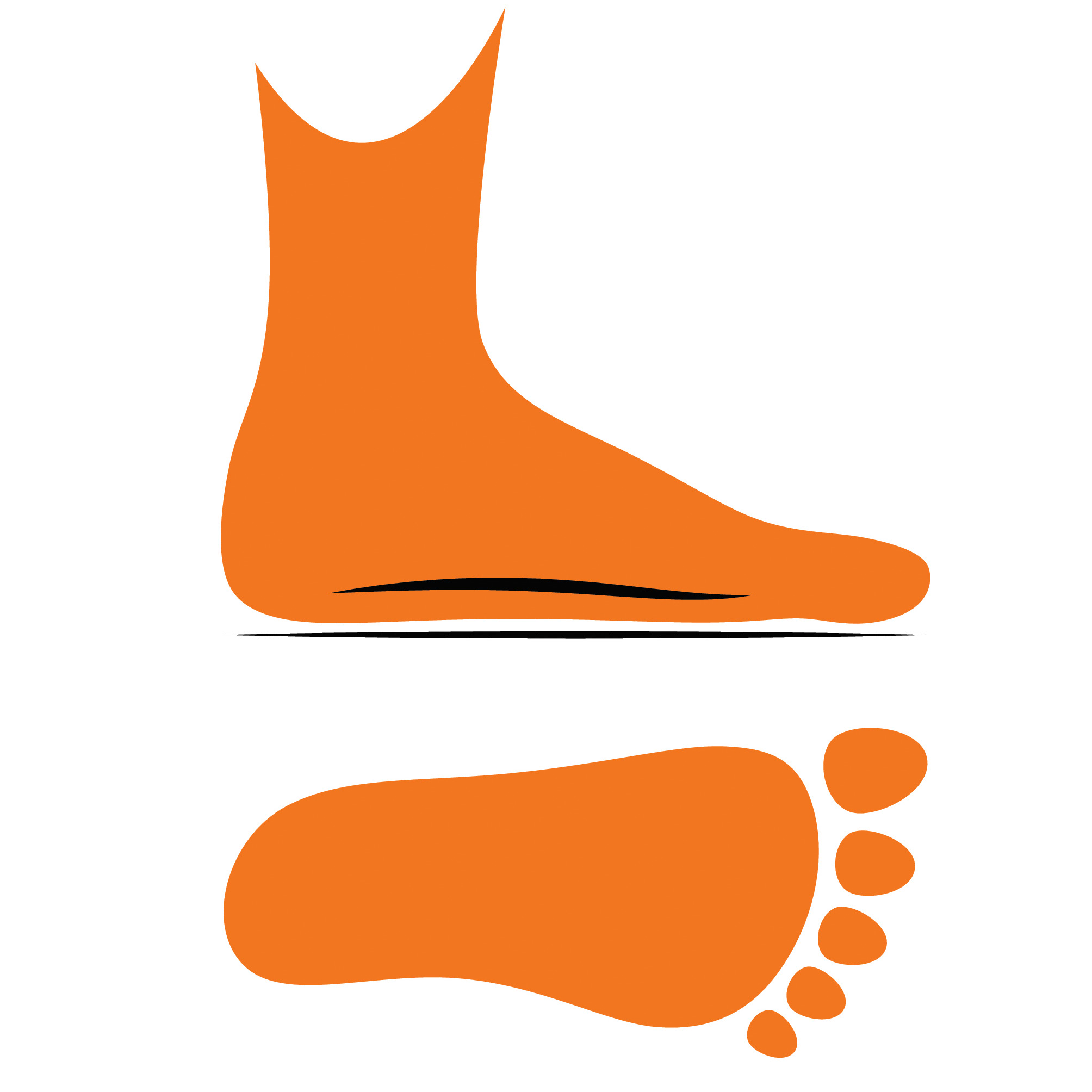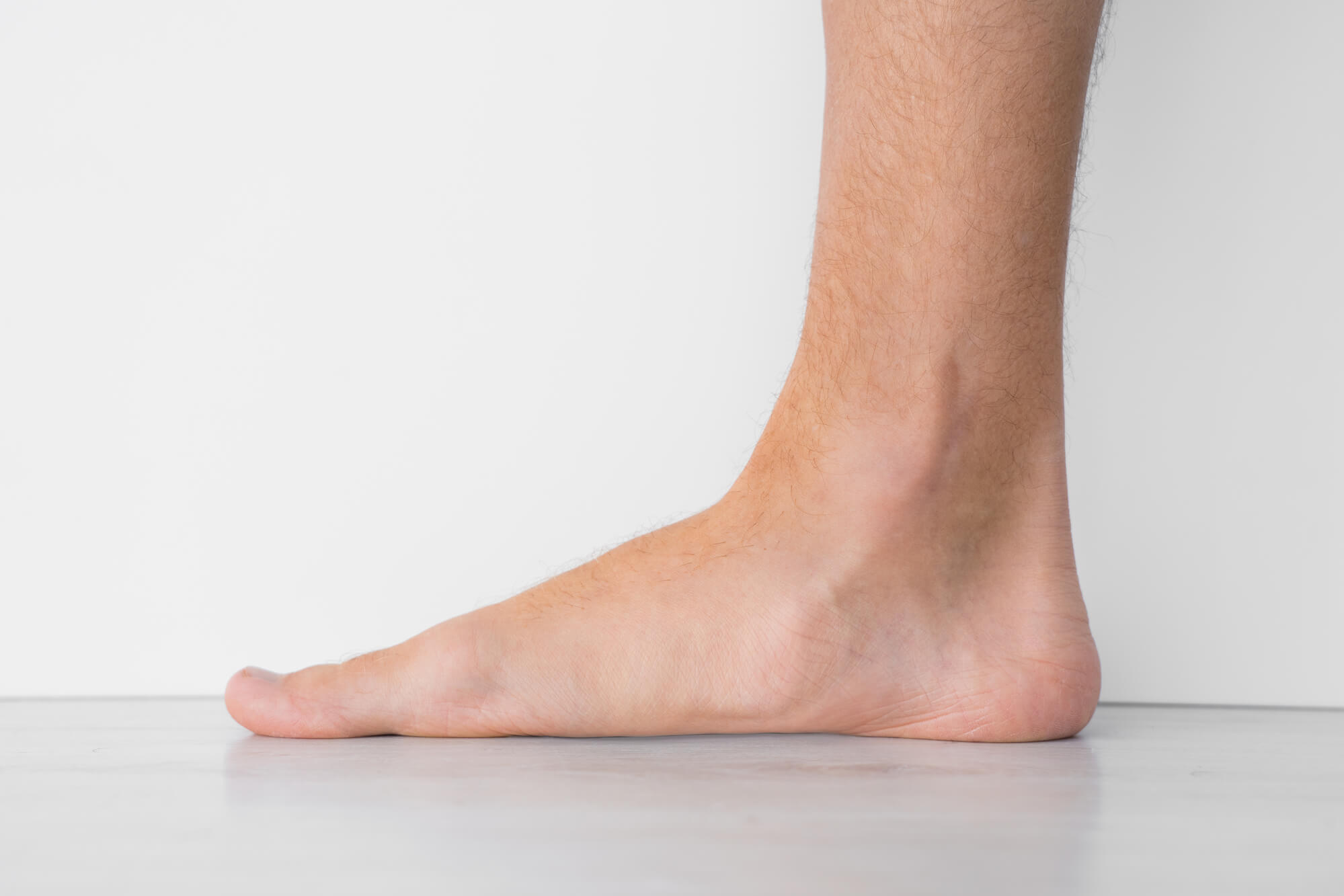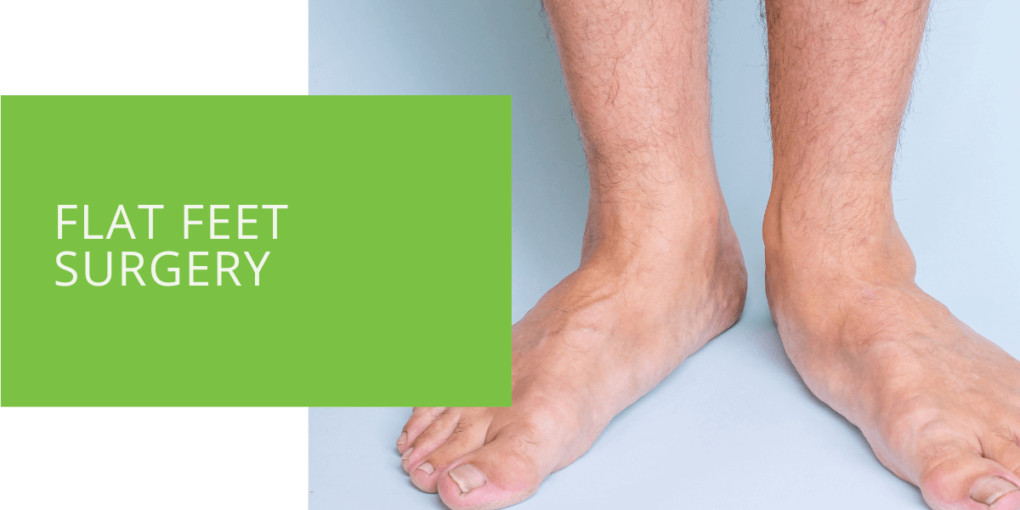Flat Feet Surgery
Flat feet, also known as "fallen arches," are a common foot deformity in which the arch of the foot collapses, causing the entire sole to come into contact with the ground. Flat feet can cause a range of symptoms, including pain in the feet and ankles, difficulty standing or walking for long periods, and problems with balance. If you're experiencing these symptoms and suspect you may have flat feet, it's important to consult with a podiatrist to determine the best course of treatment.
This article will cover everything you need to know about flat feet surgery, including the different types of flat feet, treatment options, the surgery procedure and recovery, risks and complications, and alternatives to surgery.
What are Flat Feet?
Symptoms and Causes
Flat feet, also known as "fallen arches," are a common foot deformity in which the arch of the foot collapses, causing the entire sole of the foot to come into contact with the ground. Flat feet can cause a range of symptoms, including pain in the feet and ankles, difficulty standing or walking for long periods, and problems with balance. Flat feet can also lead to other foot and ankle problems, such as overpronation (excessive inward rolling of the foot), bunions, and shin splints.
There are several causes of flat feet, including:
- Genetics: Flat feet can be inherited, so if one or both of your parents have flat feet, you may be more likely to develop them as well.
- Age: Flat feet are more common in older adults, as the ligaments in the feet can become stretched and weakened over time.
- Obesity: Carrying extra weight puts more pressure on the feet, which can lead to flat feet.
- Pregnancy: The weight gain and hormonal changes associated with pregnancy can cause the ligaments in the feet to become more relaxed, leading to flat feet.
- Certain medical conditions: Flat feet can be a symptom of underlying medical conditions, such as rheumatoid arthritis, nerve problems, or injuries to the tendons in the feet.

Types of Flat Feet
Flexible Flat Foot
Flexible flat feet, also known as "congenital flatfoot," are a type of flat foot that is present at birth and is the most common type of flat foot. Flexible flat feet are characterized by an absence of an arch when standing, but the arch will reappear when the foot is lifted off the ground. Flexible flat feet are generally painless and do not cause any problems, and treatment is usually not necessary.
Rigid Flat Foot
Rigid flat feet, also known as "acquired flatfoot," are a type of flat foot that develops later in life and is usually caused by an underlying medical condition, such as an injury or arthritis. A complete absence of an arch characterizes rigid flat feet, both when standing and when the foot is lifted off the ground. Rigid flat feet can cause pain and difficulty standing or walking, and treatment is usually necessary.

Treatment Options for Flat Feet
Non-Surgical Treatment
For some people with flat feet, non-surgical treatment options may be sufficient to relieve symptoms and improve function. Non-surgical treatment options for flat feet include:
- Orthotic inserts: Orthotic inserts are inserts that are placed inside the shoes to help support the arch of the foot and improve alignment. Orthotic inserts can be purchased over the counter or custom-made by a podiatrist.
- Stretching exercises: Stretching exercises can help improve flexibility and strength in the feet and ankles.
Surgical Treatment
If non-surgical treatment options are not sufficient to relieve symptoms and improve function, surgery may be recommended. Several different types of surgery may be used to treat flat feet, depending on the specific cause and severity of the condition. Some common types of flat feet surgery include:
- Flat foot reconstruction: Flat foot reconstruction surgery is a type of surgical procedure that is used to reconstruct the arch of the foot. The surgery is usually performed by a foot and ankle surgeon. It may involve a combination of procedures, such as tendon and ligament repair or reconstruction, osteotomy (cutting and reshaping of the bones), and fusion (joining together of two or more bones).
- Tendon transfer: Tendon transfer surgery is a type of surgical procedure that involves transferring a tendon from one location in the foot to another to help improve the function of the foot. Tendon transfer surgery is usually recommended for people with rigid flat feet who have not responded to other treatment options.
- Minimally invasive surgery: Several types of minimally invasive surgery may be used to treat flat feet, including percutaneous tendon fasciotomy (cutting of the fascia, a type of connective tissue, to relieve tension on the tendons) and radiofrequency ablation (use of radiofrequency energy to destroy excess tissue). These procedures are usually less invasive than traditional surgery and have a shorter recovery time.

Flat Feet Surgery: Procedure and Recovery
Preparation for Flat Feet Surgery
Before undergoing flat feet surgery, you will meet with your foot and ankle surgeon to discuss your treatment options and determine the best course of action. Your surgeon will also explain the surgical procedure in detail, including the risks and potential complications.
It is important to let your surgeon know about any medications you are taking and any allergies you have. You may be asked to stop taking certain medications, such as blood thinners or nonsteroidal anti-inflammatory drugs (NSAIDs), before surgery. You should also arrange for a ride home from the hospital and someone to help you at home during the first few days of recovery.
The Procedure
Flat feet surgery is usually performed under general anesthesia, which means you will be asleep during the procedure. The specific type of surgery and the length of the procedure will depend on the specific condition and the underlying cause of the flat feet.
In general, flat feet surgery involves making an incision in the foot and manipulating or repairing the tendons, ligaments, and bones in the foot to improve the function of the foot. The surgery may be performed on one or both feet, depending on the severity of the condition.
Recovery and Aftercare
After flat feet surgery, you will need to wear a cast or boot to protect your foot and allow it to heal. You may also need to use crutches or a walker to help you move around.
Your foot and ankle surgeon will give you specific instructions for caring for your foot during the recovery period, including when you can start putting weight on your foot and when you can start using your foot normally. It is important to follow these instructions carefully to ensure a successful recovery.
The recovery time after flat feet surgery varies depending on the specific procedure and the individual patient. In general, it can take several weeks or months to recover from flat feet surgery fully.

Risks and Complications of Flat Feet Surgery
As with any surgical procedure, flat feet surgery carries a risk of complications, including:
- Infection: There is a risk of infection after flat feet surgery, which can be serious and may require additional treatment.
- Bleeding: There is a risk of bleeding during or after flat feet surgery.
- Nerve damage: There is a risk of nerve damage during flat feet surgery, which can cause numbness, tingling, or weakness in the foot or ankle.
- Nonunion: In some cases, the bones may not heal properly after flat feet surgery, which can lead to a condition called "nonunion." Nonunion may require additional surgery to correct.
- Failed surgery: In rare cases, flat feet surgery may not be successful in improving the foot's function and may need to be repeated.

Alternatives to Flat Feet Surgery
If you are considering flat feet surgery but are uncertain about the procedure or do not want to undergo surgery, several alternatives may be effective in relieving symptoms and improving function. These alternatives include:
- Orthotic inserts: Orthotic inserts, which are inserts placed inside the shoes to help support the arch of the foot and improve alignment, can be an effective alternative to surgery for some people with flat feet.
- Stretching exercises: Stretching exercises can help improve flexibility and strength in the feet and ankles and may be effective in relieving symptoms of flat feet.
- Physical therapy: Physical therapy, which involves exercises and techniques to improve strength and mobility, may help relieve symptoms of flat feet.
- Nonsteroidal anti-inflammatory drugs (NSAIDs): NSAIDs, such as ibuprofen, can help reduce inflammation and pain associated with flat feet.
Conclusion
Flat feet surgery is a major procedure that may be recommended for people with severe flat feet who have not responded to other treatment options. There are several types of flat feet surgery, including flat foot reconstruction, tendon transfer, and minimally invasive procedures, and the specific type of surgery will depend on the individual patient's condition and needs.
Recovery from flat feet surgery can take several weeks or months, and it is important to follow the instructions of your foot and ankle surgeon to ensure a successful outcome. While flat feet surgery carries a risk of complications, it can be an effective way to improve the function of the feet and reduce symptoms for some people. It is important to carefully consider all of your options and discuss them with your foot and ankle surgeon before deciding on surgery.

